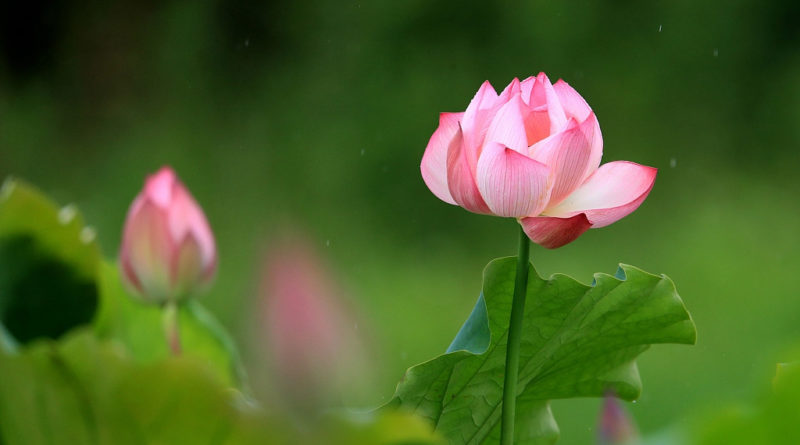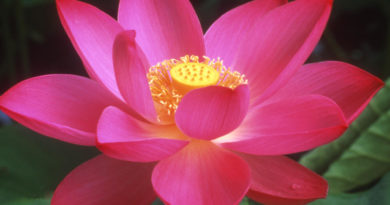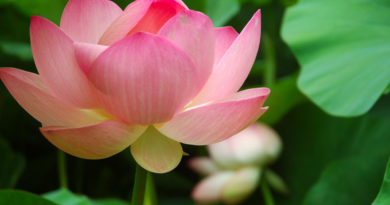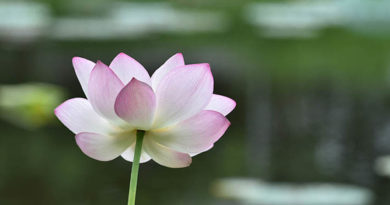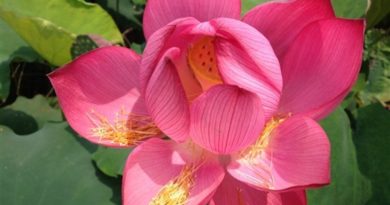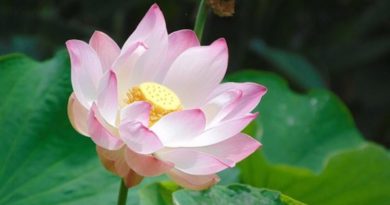THE PATTHANUDDESA DIPANI – CHAPTER 27: SYNCHRONY OF RELATIONS
THE PATTHANUDDESA DIPANI – CHAPTER 27: SYNCHRONY OF RELATIONS
There are six mental properties termed Particulars (pakinnaka),– vitakka (initial application), vicara (sustained application), adhimokkha (deciding), viriya (effort), piti (pleasurable interest), chanda (desire-to-do). Of these, initial application takes part in the relation of jhana and in the relation of magga. Sustained application takes part in that of jhana alone. Effort takes part in the relation of adhipati, in the relation of indriya, and in the relation of magga. Pleasurable interest takes part in the relation of jhana. Desire-to-do takes part in the relation of adhipati. Deciding does not take part in any particular relation.
The ten concomitants, namely, seven universals, initial application, sustained application, and deciding from the particulars–obtain in the five classes of consciousness, i.e. turning-towards-the-five-doors, the twofold class of acceptance, and the twofold class of investigation accompanied by hedonic indifference. They form eleven mental states in one combination. Jhanic function obtains in these three classes of consciousness. Sensation, ekaggata, initial application, and sustained application perform the function of jhana relation. Consciousness (turning-towards-the-five-doors) belongs to the inoperative class, and so does not obtain in the relation of vipaka. Asynchronous kamma serves in place of upanissaya. So, leaving out jhana from, and inserting vipaka in, the relations which have been shown above as not obtainable in the five senses, there are also six unobtainable and eighteen obtainable in the consciousness, turning-towards-the-five-doors. As for the remaining four resultant classes of consciousness, by omitting vipaka, five relations are unobtainable, and, by adding vipaka and jhana, nineteen are obtainable.
Investigating consciousness accompanied by joy, obtains eleven mental concomitants, namely, the above ten together with pleasurable interest. With the consciousness (turning-towards-the-mind-door), eleven concomitants coexist, and they are accompanied by effort. They make up twelve mental states together with the consciousness. Twelve concomitants, i.e. the above ten together with pleasurable interest and effort, coexist with the consciousness of aesthetic pleasure. They make up thirteen mental states in combination with the consciousness. Of the three classes of investigating consciousness, the one accompanied by joy has one more mental property (i.e. pleasurable interest) than the other two, in respect of the jhana factors: therefore, the unobtainable five and the obtainable nineteen relations are the same as in the two classes of investigating consciousness accompanied by hedonic indifference. In the consciousness (turning-towards-the-mind-door), the predominant property is merely “effort”, which performs the functions of indriya and jhana, but not the functions of adhipati and magga. This consciousness, being of the inoperative class, does not obtain the vipaka relation. Therefore, the unobtainable six including vipaka, and the obtainable eighteen including jhana, are the same as in the consciousness (turning-towards-the-five-doors). The relation of vipaka is also not obtained in the consciousness of aesthetic pleasure, since it belongs to the inoperative class. But being an apperceptive class, it obtains in the relation of asevana. Therefore, five relations, including vipaka, are not obtainable, and nineteen relations including asevana, are obtainable.
[End of the Synchrony of Relations in Consciousness not Accompanied by Hetu]

